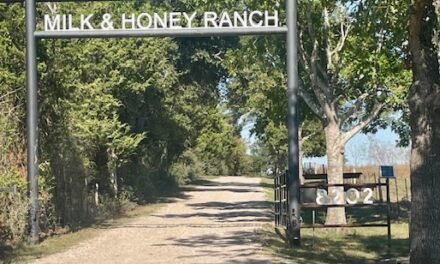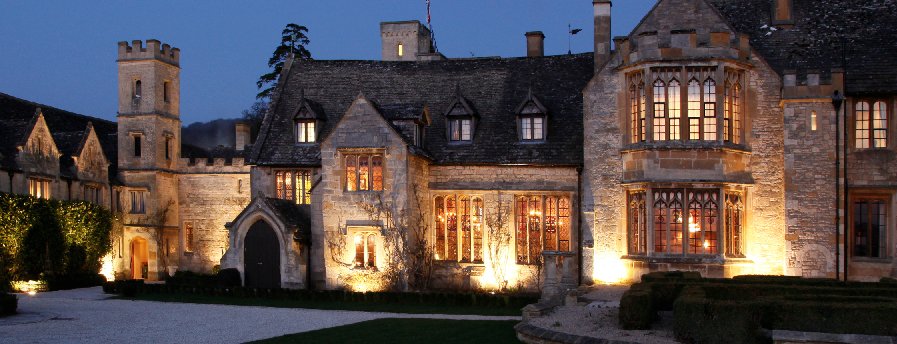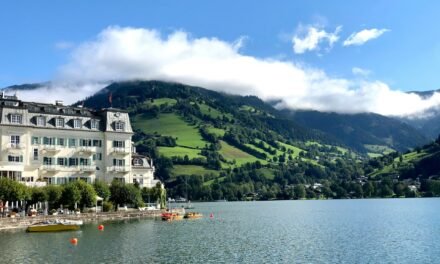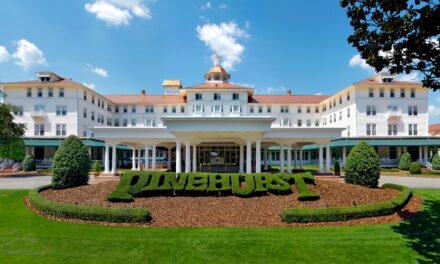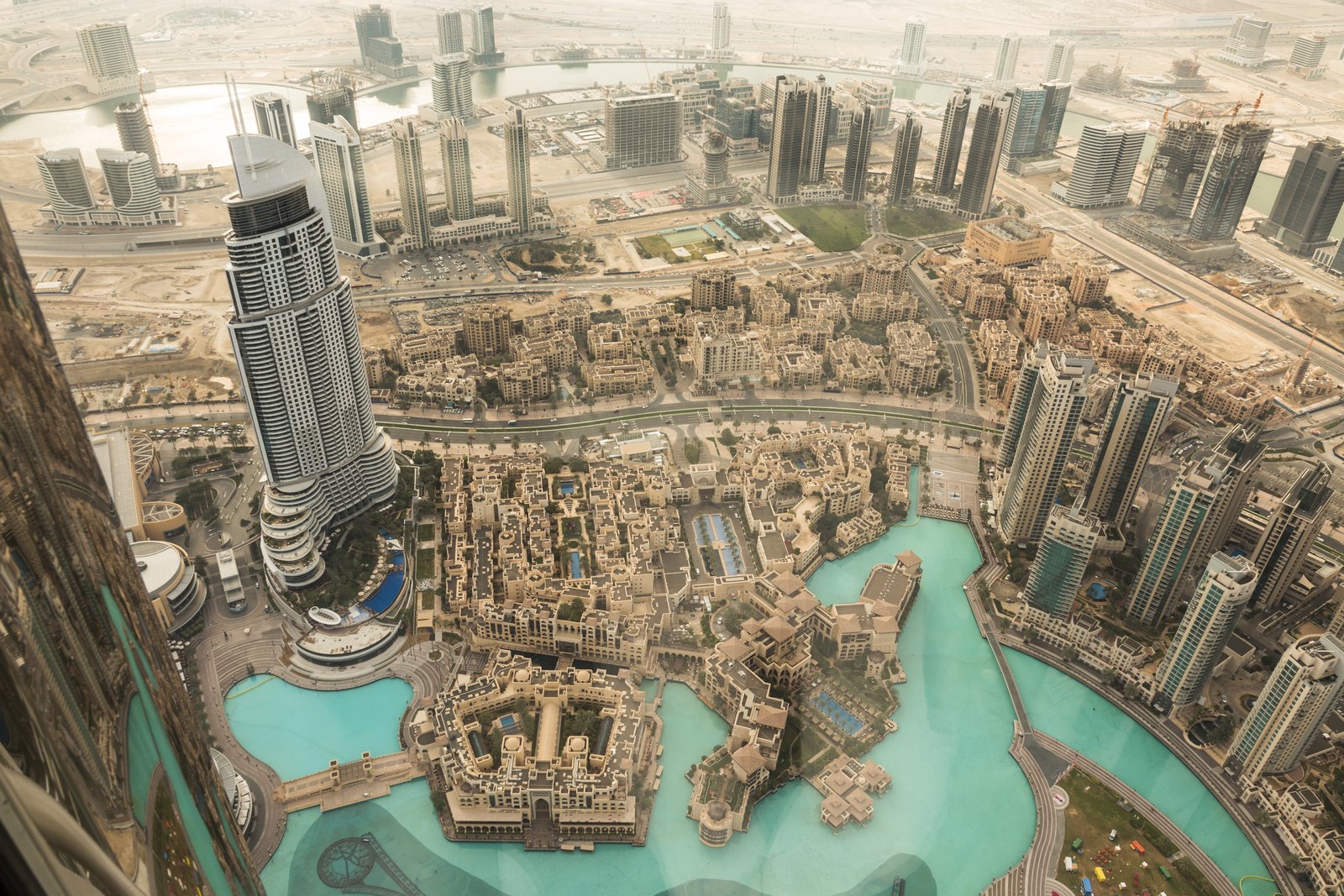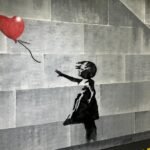
Interact with nature and art at the Price Sculpture Forest
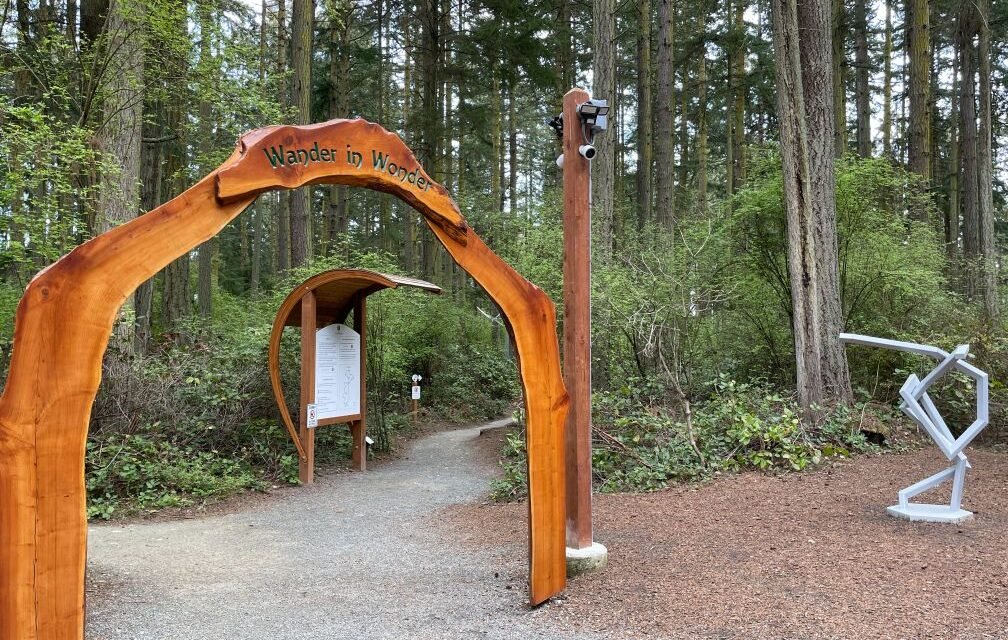
Whidbey Island is a popular destination for Seattle area residents, as well as for visitors to Washington State. They find this idyllic locale, with its mix of bucolic and coastal landscape, a charming getaway. The island is an outdoor paradise, with plenty of opportunities to hike, bike, kayak and sail. But it’s a cultural mecca, too, as artists, writers and other creative types are drawn to this peaceful haven. Add in a vibrant culinary scene for the complete trifecta.
What’s also fun about Whidbey is discovering its lesser-known treasures. Like Price Sculpture Forest, for example. This community park, which is located near the town of Coupeville, is a gem. And it’s free to the public. Here, nature and outdoor art converge in a unique interactive museum.
The Sculpture Forest was created by Scott Price in collaboration with other partners. Price was inspired by his own personal travels, which often combined an appreciation for the natural world with the joy of exploring and discovering sculpture within the outdoors. Years of planning and effort went into creating the park, which finally opened in October 2020.
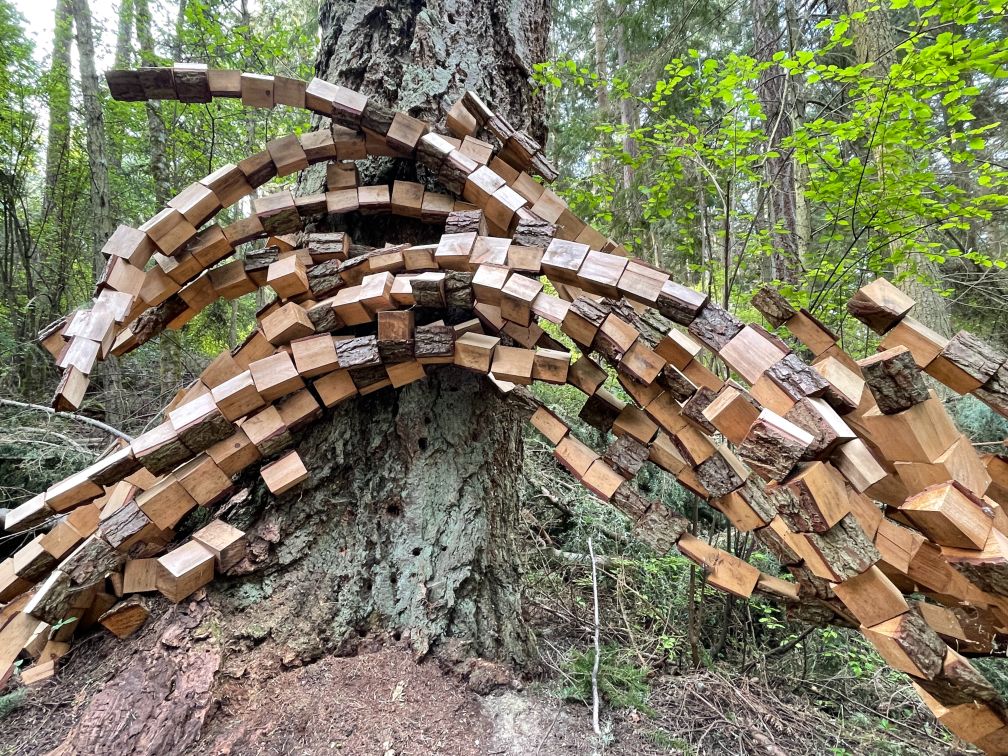
Nature’s Keystone
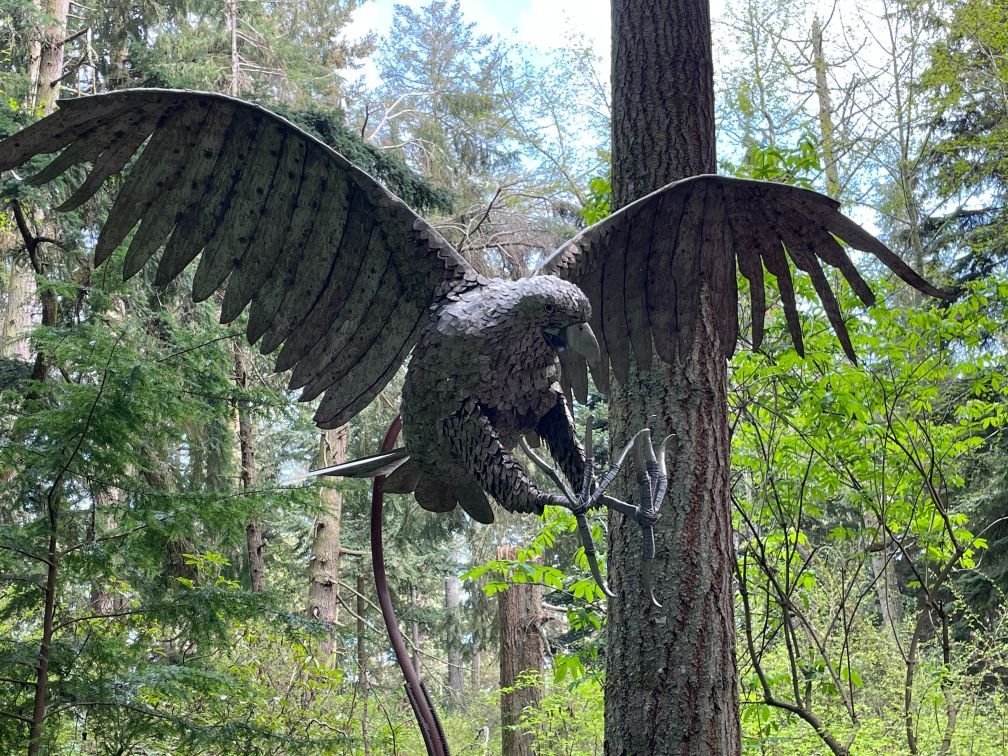
Attacking Eagle

Icarus Was Here
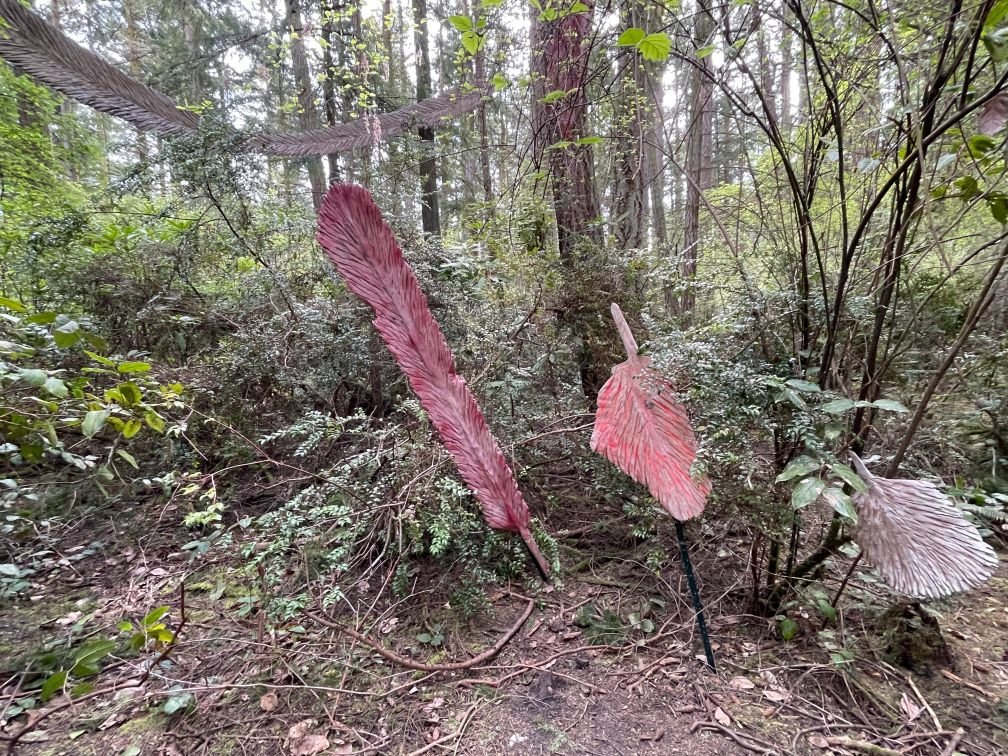
Enter the park under a wooden archway that encourages visitors to “Wander and Roam.” Pathways wind through the forest and the sculptures provide delightful surprises along the way. Each is identified with its title and the name of the artist who created it.
“Wind Shear” by Jeff Kahn is a large-scale kinetic installation made from aluminum and stainless steel. Watch it move in the breeze and marvel at its elegant grace.
Artist Jeff Neal’s “Attacking Eagle” depicts an eagle in predatory mode. Though constructed from stainless steel, the bird appears realistic and full of power and motion. You can just imagine its fierce determination and single focus as it goes after its prey.
Kirk Seese’s colorful, geometric “Feather” looks like it’s made of stained glass, though it’s not. The epoxy resin outer coating on the panels acts like a mirror and reflects everything around it.

Lichen Series Spore Patterns

Feather
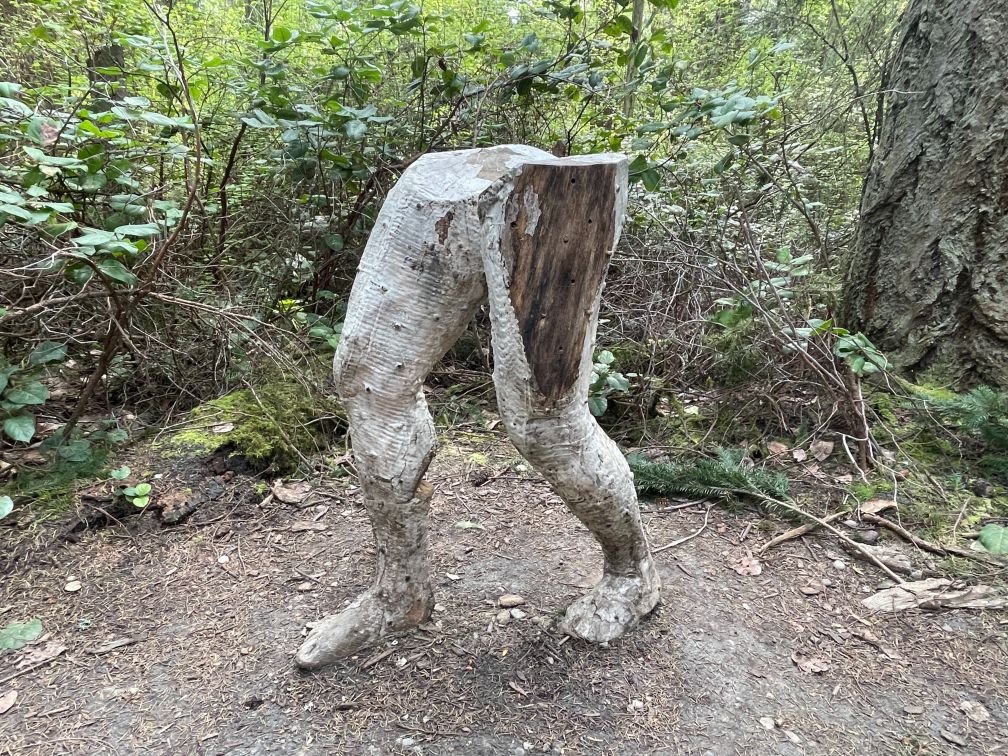
The Foundation of Animalia and Fungi
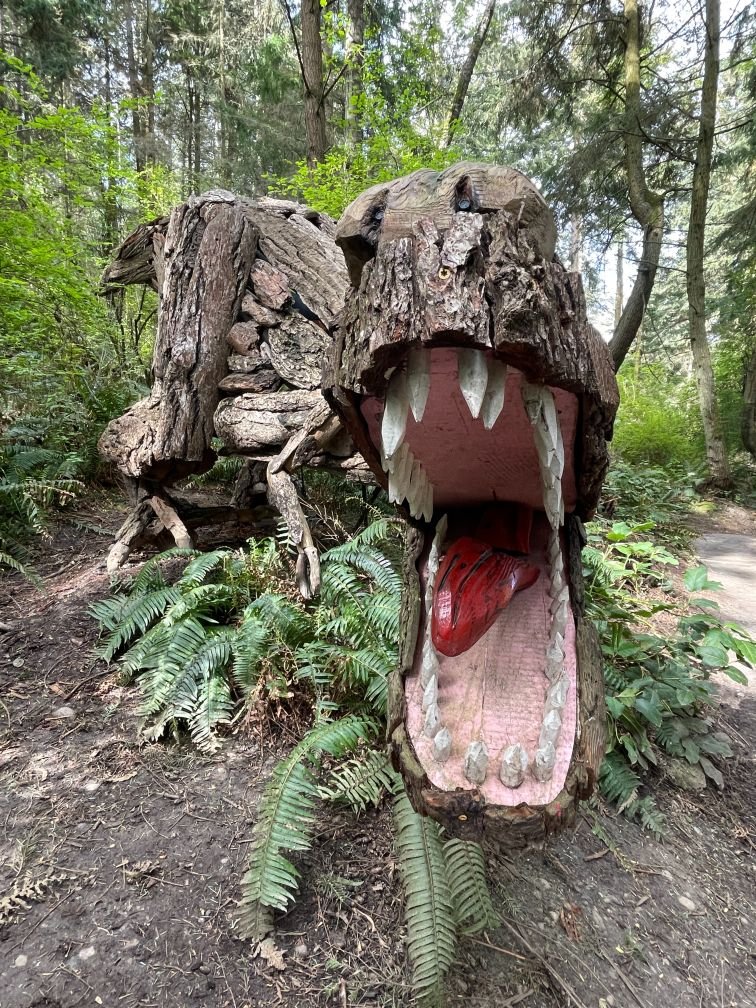
Tyrannosaurus Rex
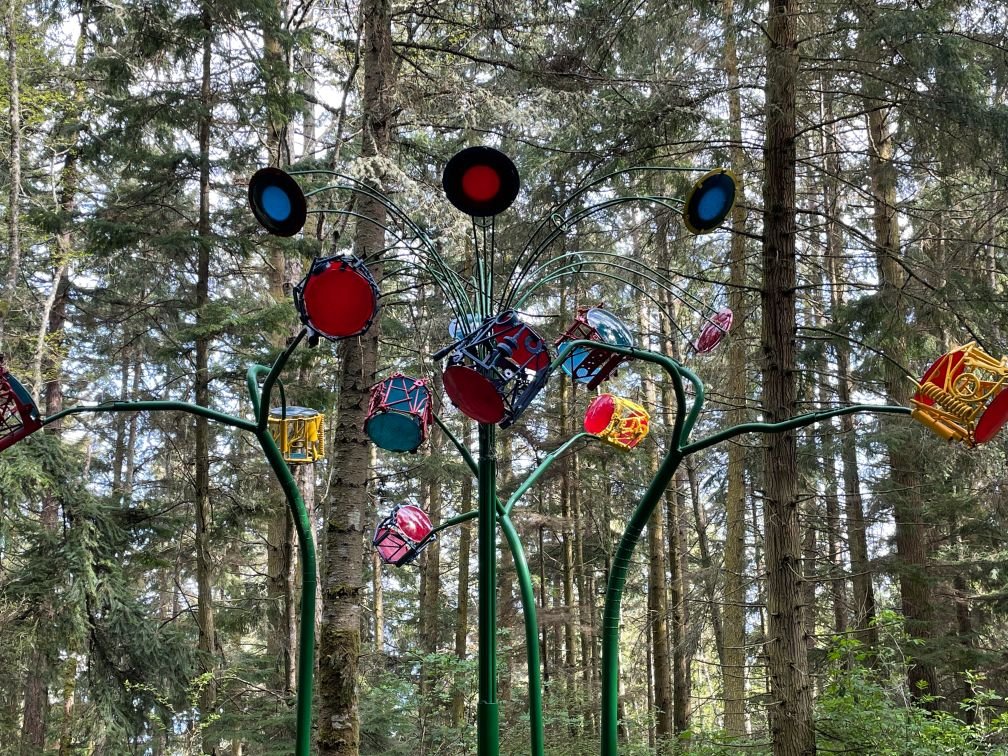
Playa Flowers
One of my favorite pieces is “The Foundation of Animalia and Fungi” by David D’Ostilio. The sculpture consists of two human legs in a walking position. Made from oak logs, the legs are coated in beeswax and have white bumps all over them to give the appearance of fungi.
In Jenni Ward’s piece, “Lichen Series: Spore Patterns,” fungus also takes centerstage. The over three hundred ceramic wedge-shaped pieces of the sculpture are based on a type of fungus that has a leathery surface and is known to anchor itself to the side of decaying trees. They are spread out in a mushroom-like formation across the forest floor.
Artist Jeff Tangen’s “Playa Flowers,” provides pops of color in the woods. Made of reused materials, it sparkles when the sun shines through the glass forms. The piece actually began life as a Burning Man installation, on display at the annual festival in Nevada. It has now “blossomed” here in the Forest.
Get ready for “Tyrannosaurus Rex,” who waits behind an old stump, hidden by foliage. He’s ready to pounce on you and just look at the size of his teeth! Artist Joe Treat specializes in driftwood and bark sculptures and his inspiration for creating this fearsome creature was a little plastic T Rex – the kind he played with as a child. This sculpture originally sat in Treat’s front yard, where it attracted much attention.
“Pentillium” by Gary Gunderson reminds me of one of those gigantic, sci-fi movie creatures come to destroy all life on earth. My traveling companion, on the other hand, thought it resembled an upside-down flower. Gunderson is a metal sculptor who focuses on art and kinetic sculpture, with the intention to create a “wow” experience for viewers.
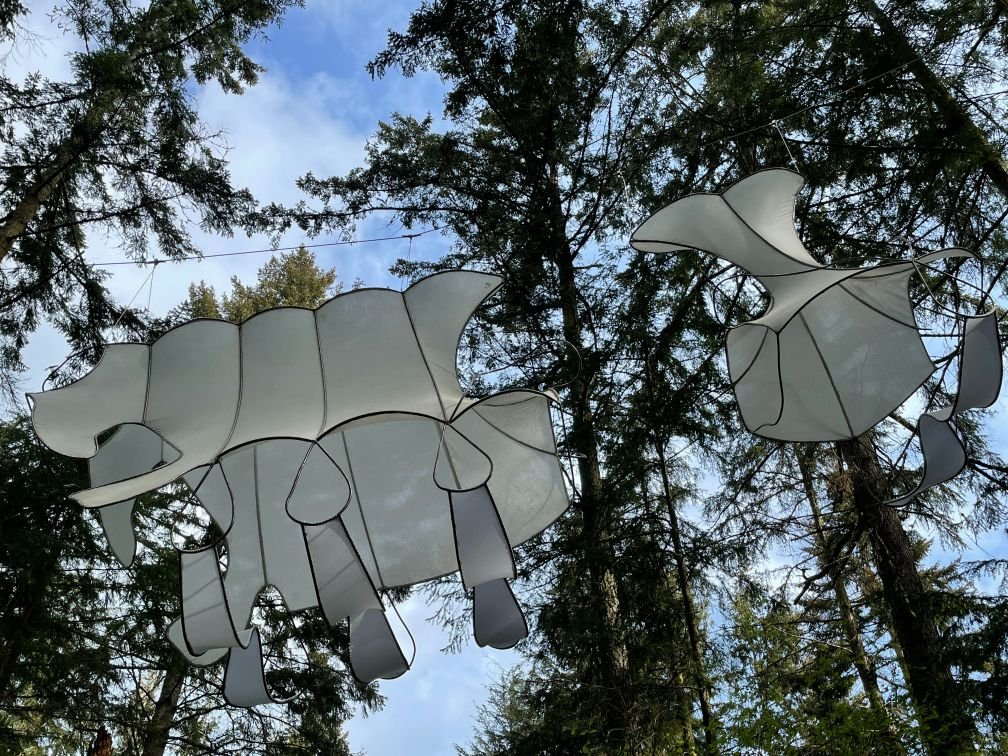
Vertebrae
“Vertebrae” by Sarah Fetterman is a twenty-foot-long steel and fabric creation that’s suspended among trees. The inspiration for this work came from a section of elk vertebrae the artist came across while walking in the woods.
“Nature’s Keystone” by Anthony Heinz May was constructed from a tree that fell in a windstorm in the forest just weeks before the sculptor arrived to work onsite. The tree has been pixelated and is in the form of connected blocks that spill out from both sides of the main trunk. All of the blocks were re-constructed back in the exact order that they came from the original whole tree.
Another favorite of mine is “Icarus Was Here.” Artist Pat McVay has used the character of Icarus in Greek mythology for inspiration. Scattered among the branches and on the ground are large feathers representing the remains of Icarus, who is said to have fallen to his death after ignoring his father’s warning not to fly too close to the sun. The feathers are carved from previously-fallen cedar trees and then painted and varnished.
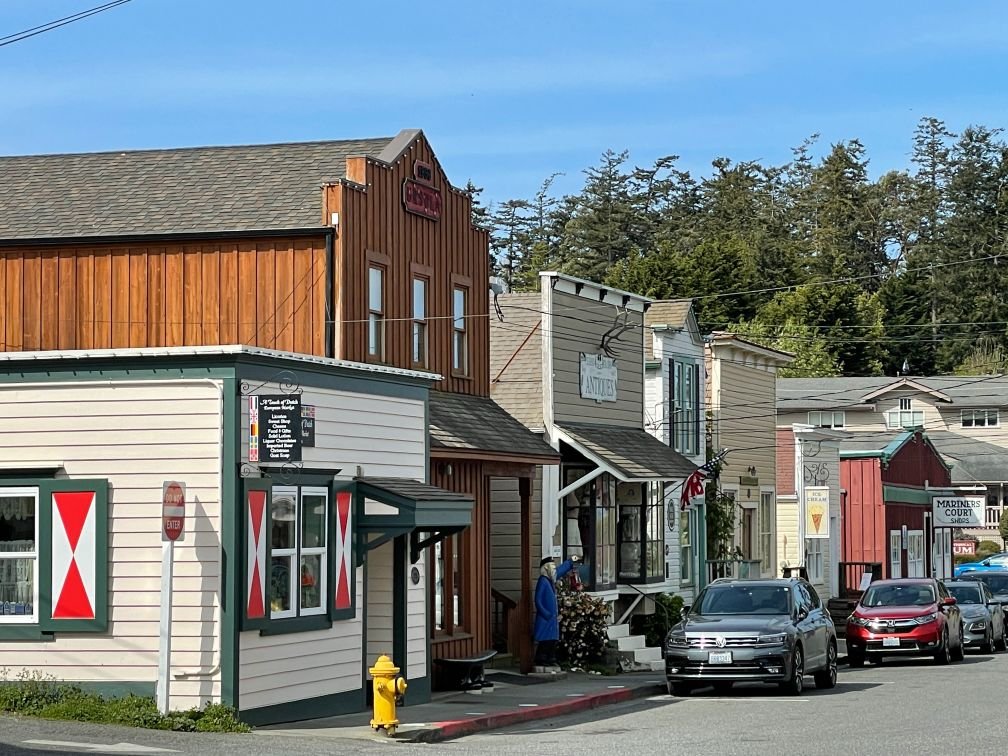
Historic Coupeville
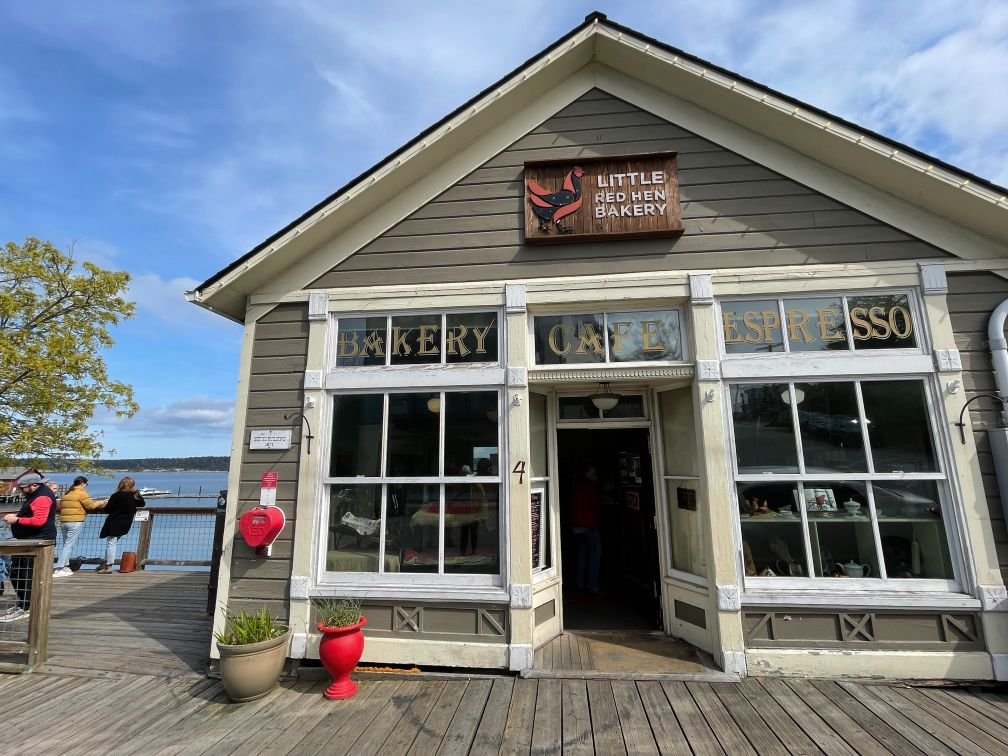
Enjoy a delicious goodie from the Little Red Hen Bakery
When you’re done with your lovely stroll through the Price Sculpture Forest, head to Coupeville and continue your meanderings in this quaint seaside town. This is Washington State’s second-oldest community and hundred-year-old buildings that were once livery stables and barber shops are now eclectic shops, cafes and wine tasting rooms.
The town sits along the shores of Penn Cove and jutting prominently from the water is the Coupeville wharf. This iconic, red building is hard to miss. Grab a cup of coffee and a delicious, homemade goodie at the Little Red Hen Bakery. Then enjoy your treat on the outside deck, as you soak up the charming ambiance.
Iconic Coupeville wharf

